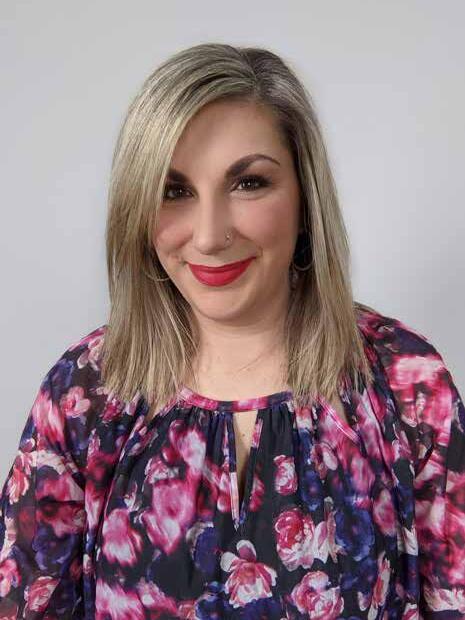
3 minute read
June 2023 Special Needs Living Akron/Canton
YOGA AND THE MIND-BODY CONNECTION
BY LISA R. SCHAEFER, MSSA, LSW, LICDC-CS RTY 200, REIKI MASTER
Advertisement

Many people know that yoga is a great way to exercise, but yoga is so much more. Yoga can play an essential role in developing emotional balance. Unfortunately, we live in a society that prioritizes multitasking, the pressure to have it all, and valuing productivity over self-care, all of which contributes to chronic stress and emotional imbalance.
Emotional imbalance can show up in many ways, such as low self-esteem, constant worrying, and sleep disturbances, it contributes to chronic pain, depression, and anxiety. Our fast-paced lifestyles can leave little room to address family issues, financial issues, social strains, and even spiritual alienation. It may not always feel like it but everything that causes stress and difficulty in our lives is on a continuum. Where on this continuum does your mind lie? Where is your body? Perhaps you are unaware of the incongruence that occurs between the mind and body.
Yoga and breathwork give us tools to return to our emotional center. Yoga is a practice that offers space to be calm, relaxed, and even rejuvenated. The principles and practices of yoga are supported by psychosocial and neuroscience research. Evidence-based theories show positive outcomes when we incorporate meditation, visualization, breathing exercises, and relaxation techniques in our daily routine.
There is no expectation to live only happy days but we can learn how to feel the feelings and let them go. How can you reduce feeling angry? What do you do when you feel hurt or brokenhearted? As humans, it is natural to feel feelings like anger, sadness, fear or guilt. The practice of yoga can teach you to refrain from drowning in intense emotions or allowing our emotions to limit our potential.
The more you become familiar with your mind-body connection the better you will navigate the many, especially unexpected, experiences of life without becoming stuck in emotional turmoil. When we are empowered the connection of mind-body opens us for new opportunities of emotional growth.
If you have never practiced yoga before, I assure you yoga is for you. You do not need to be in shape, bendy or anything really to practice yoga. While a physical practice of yoga can develop strength and flexibility, the emotional practice of yoga gives us the ability to tolerate the full range of emotions and then return to a state of calm.
Restorative yoga is an internal practice that combines meditation and supported yoga poses that create feelings of relaxation. During Restorative yoga, a person learns how to quiet their mind and become more reflective. Restorative yoga can be a powerful and even a challenging internal practice. When we can bring the body to be still we can then face the feelings and thoughts that we may be avoiding. Yet, with practice we learn to create space for calm and emotional centeredness.
When we are present, we can practice letting go. We do this by using regulated breathing and relaxing the body. We learn how emotions show up mentally and physically. We come to understand emotions ebb and flow and mostly can be short-lived. A consistent yoga practice can replace irregular emotional experiences with healthier ones. When you discover this connection to yourself you increase the healing of the mind, body, and spirit.










